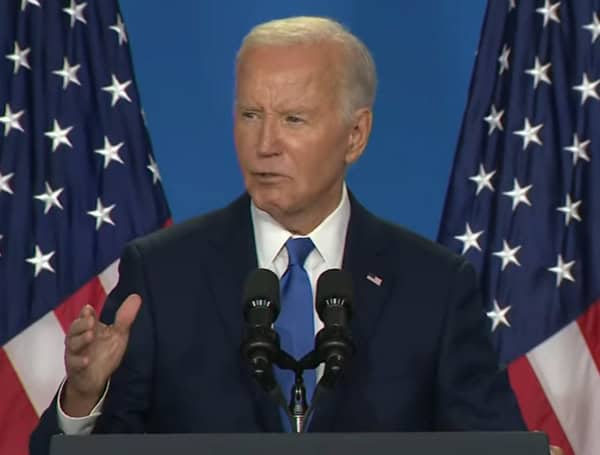


The U.S. economy has been a focal point of debate as both Donald Trump and Joe Biden claim credit for its current state. Trump has proclaimed that a new 'golden age' for America has begun under his influence, while Biden's administration has touted significant economic policies contributing to recovery [270b5636]. However, recent analyses and reports suggest that the reality may be more complex, particularly for American workers.
Under Trump's presidency from 2017 to 2021, the U.S. economy experienced an average growth rate of 2.3%. In contrast, Biden's administration has seen a slightly lower average growth rate of 2.2% [514479d6]. Despite this, Biden's tenure has been marked by unprecedented job growth, with nearly 16 million jobs added, the fastest rate ever recorded, compared to Trump's 6.7 million jobs added before the pandemic [514479d6]. However, a closer look reveals that many of these jobs were simply returning positions lost during the pandemic, and the number of native-born Americans employed has not returned to pre-2019 levels [f5fadd45].
Unemployment reached a remarkable low of 3.4% under Biden in January 2023, but it has since risen to 4.2% by November 2024, raising concerns about the sustainability of job growth [f5fadd45]. While the U.S. economy grew by an impressive 72% from 2008 to 2022, significantly outpacing the European Union's growth of just 21% during the same period [270b5636], inflation has been a persistent issue, peaking at 9.1% in June 2022 during Biden's presidency [514479d6]. Inflation continues to outpace wage growth, leading to economic strain for many workers, with 54% of Americans reportedly taking on second jobs to supplement their income [f5fadd45].
As the election approaches, a recent survey indicated that 52% of voters believe the economy will influence their vote, with many perceiving Trump as better equipped to handle economic issues compared to Kamala Harris [270b5636]. The unauthorized immigrant population has also increased to 11 million in 2022, contributing to a 15% growth in foreign-born employment since Biden took office [f5fadd45]. This has raised questions about the impact on native-born workers in the labor market.
Experts argue that while presidential policies do play a role in shaping economic outcomes, they may not be as influential as often claimed. Mark Hamrick from Bankrate emphasizes that broader economic forces often overshadow the effects of individual leaders [270b5636]. John Kane from NYU notes that voters tend to view presidents as economic wizards, which may not accurately reflect the complexities of economic management [270b5636]. Brian Riedl also argues against a simplistic partisan pattern in economic health, suggesting that the economy's performance is influenced by a myriad of factors beyond presidential control [270b5636].
In conclusion, while both Trump and Biden have made contributions to the current economic landscape, the complexities of economic management and the influence of broader trends must be acknowledged. The narrative surrounding Biden's economy, particularly regarding its impact on American workers, suggests that the benefits may not be as widespread as claimed, highlighting the ongoing challenges faced by many in the labor market as the 2024 presidential election approaches [f5fadd45].